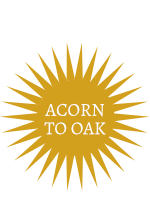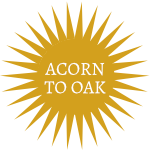What is a Pincer Grasp?
The pincer grasp is the grasp that uses the index finger and the thumb to pick up items. This is an important fine motor skill which is foundational in handwriting.
Pincer Grasp Development
You may notice your baby begin to use the pincer grasp around 8-9 months old. They will use this when attempting to grab their food, or while playing with small blocks. At around 10-12 months, the grasp will look more refined. You might notice that they are less messy when eating, and more accurate when trying to pick things up. When the grasp is less defined, they will use the pads of their finger and thumb. Once they are 12-18 months, their grasp will look more neat, and they will be using the tips of their finger and thumb.



These are two examples of a “inferior” or “crude” pincer grasp. These are terms therapists will sometimes use to describe a child’s grasp that is not meeting their benchmarks. If you are concerned about your child’s fine motor skills, you should consult your pediatrician or occupational therapist. (I am not a Doctor, do not use this blog post for medical advice). For more thorough information, consult scholarly sources such as this.
Eventually, your child will develop their pincer grasp enough to use it while handwriting. In the early stages, a child will color and write using a fist. Eventually as their hand muscles strengthens, their grasp will also become stronger and more refined.

PC: @simplyinthyme
Pincer Grasp Activities for Babies
- Play with blocks
- Turn pages of a board book
- Eating with their hands
- Sensory play
- Stacking ring toys
- Toys with turning knobs
- Puzzles with knobs
Pincer Grasp Activities for Toddlers and Preschoolers
- Coloring
- Pinching Play Dough
- Practicing with scissors
- Use tools such as tweezers and scoops
- Thread beads
- Pour water
- Play with stickers
- Tear paper
- Squeezing stress balls

PC: @thewonderingmama
Looking for toys that promote fine motor skills? Check out this post!

For more Fine Motor Activities, click here!







